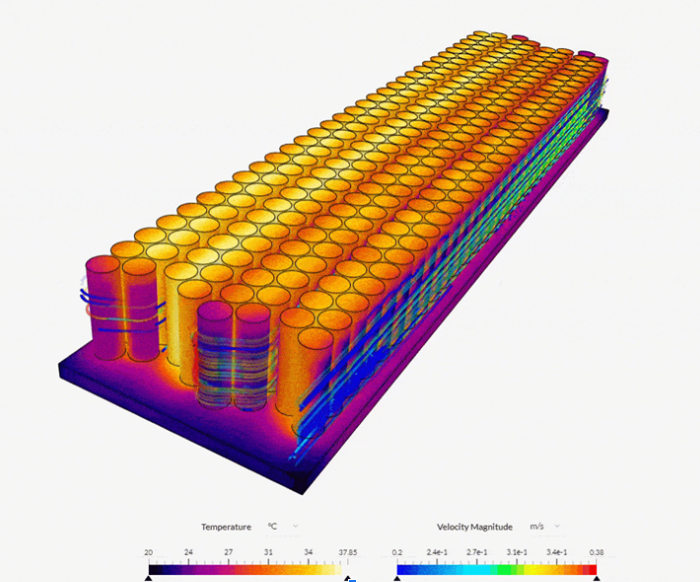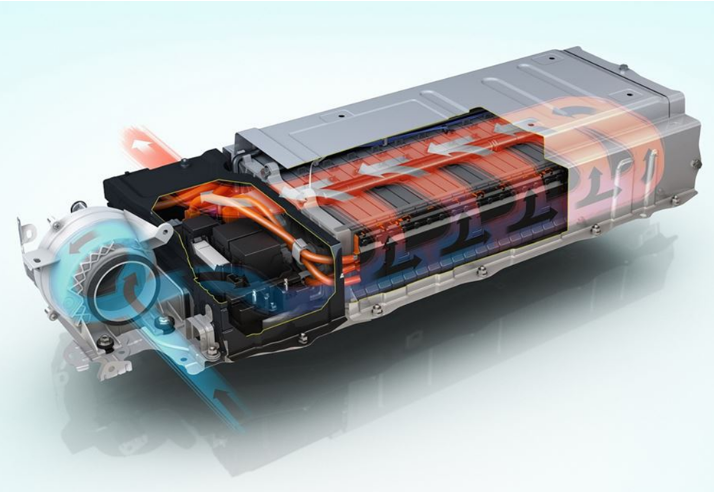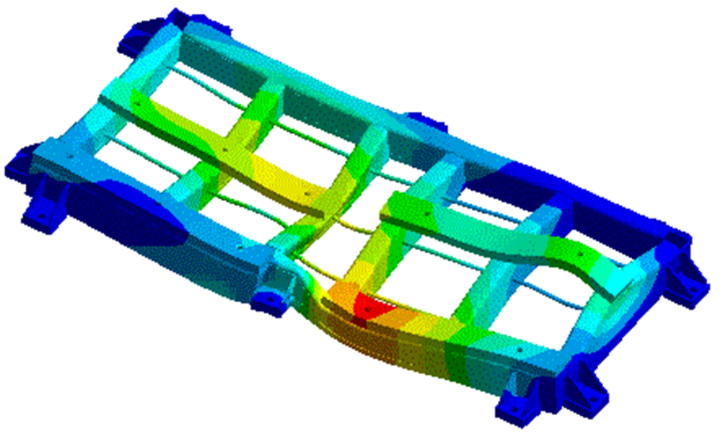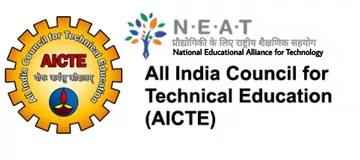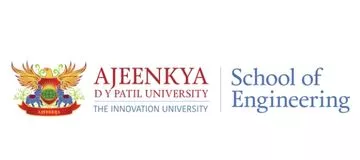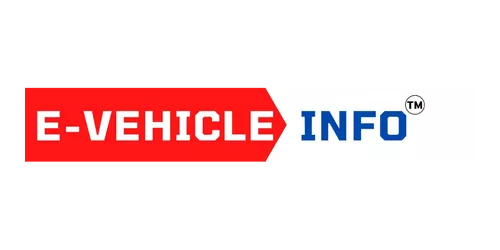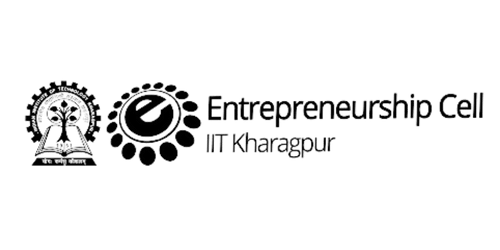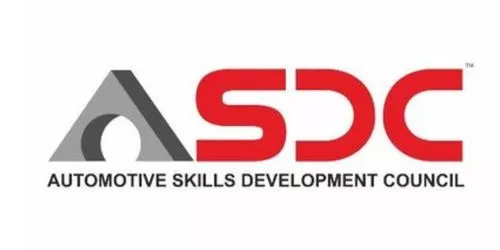ANSYS (FEA / FEM) Certification Course with specialization on EV Model Dynamic Anlysis
With One Month Internship Project


About Fundamentals of ANSYS (FEA / FEM)
This is a problem-based course where you’ll learn by doing. The focus will be on understanding what’s under the black box so as to move beyond garbage-in, garbage-out. You’ll practice using a common solution approach to problems involving different physics: structural mechanics, fluid dynamics and heat transfer. We’ll solve textbook examples to understand the fundamental principles of finite-element analysis and computational fluid dynamics. Then we’ll apply these principles to simulate real-world examples in the tool including a bolted rocket assembly and a wind turbine rotor. By working through examples in a leading simulation tool that professionals use, you’ll learn to move beyond button pushing and start thinking like an expert.
DIYguru presents a certification program on Fundamentals of ANSYS (FEA / FEM). This program provides you with the most flexible learning environment possible. This program is offered as a self-paced program often referred to as an asynchronous online program which is time-independent, meaning that it can be accessed 24X7 within the tenure of 30 days. This program can be accessed from multiple devices which makes it easy to learn on the go. Lectures that are pre-recorded or slide presentation with voice-over commentary, interactive discussion boxes that foster student to student interaction, Email communication with the instructor are part of this process.
DIY Project
Every DIYguru course comes with a Do It Yourself project which you can do and learn by doing at your comfort. Our goal is to make sure you are able to implement your learning in real-world scenerio.
Internship
Every candidate after successful completion of the project submit a pitch presentation video, explaining his/her project-oriented achievements and results, which enables them to do one month of internship with us.
Certification
We are the only platform in india approved by National Education Alliance for Technology - NEAT, AICTE, Ministry of Education, Govt. of India along with Automotive Skills Development Council.
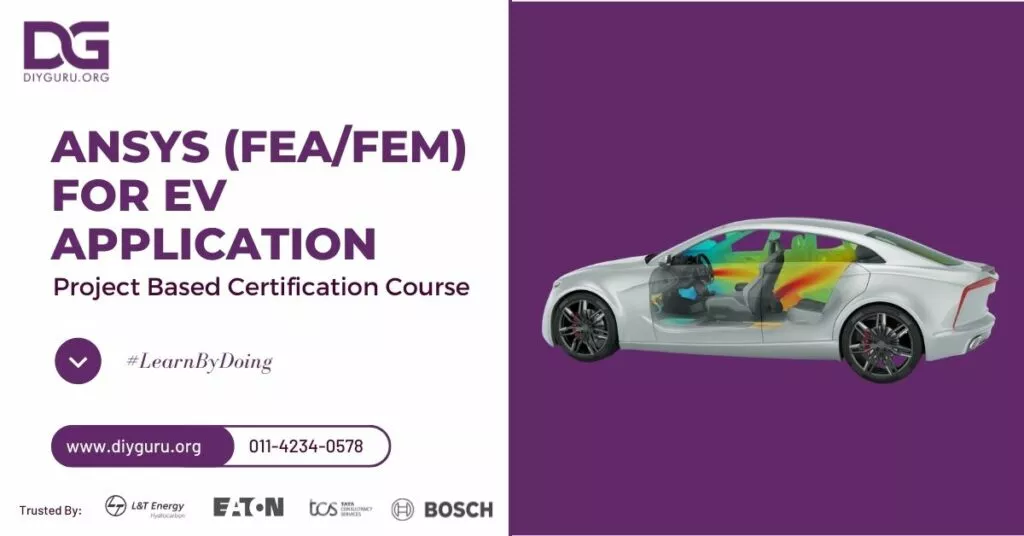
Understand the ANSYS
Aquire deep knowledge in different modules/packages of ANSYS.
Benefits of learning from DIYguru
Proactive Program Support
Dedicated Program Manager to solve your queriesDual Certificate from Govt. of India
Avail certification from ASDC & AICTE, Ministry of Education, Govt. of IndiaLearn anytime anywhere
Learn through online videos by world class faculties.
DIYguru alumni are working at various roles in
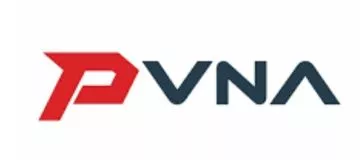



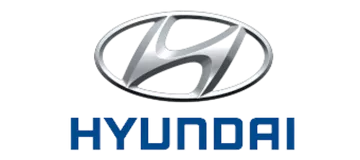

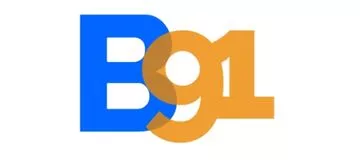


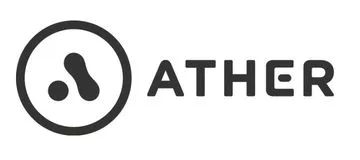
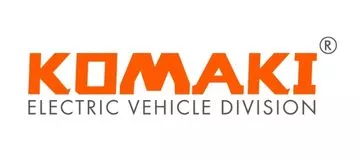
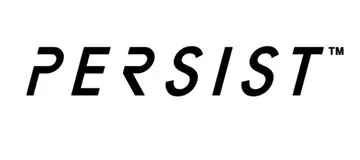


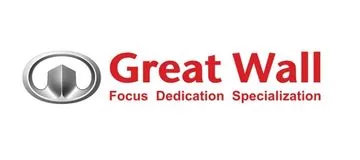
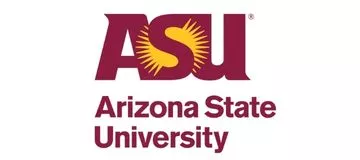
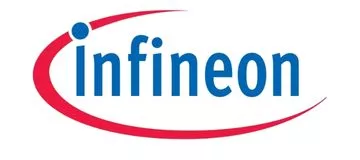
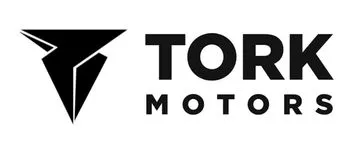

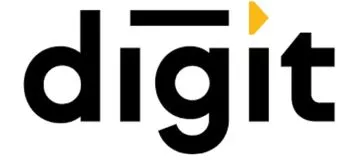

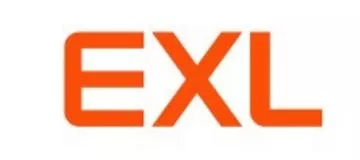


Who is this program for?
- This is an Intermediate Level Course. Students and Professionals from Engineering streams such as Mechanical, Automobile, Electronics and anyone who is familiar with the concepts of High School level Physics, Differentials, Integral Calculus along with some Basic Matrix Algebra can take this course.
- Having a Diploma, BE / B.Tech or equivalent in domains such as Automotive, Mechanical, EEE, ECE, Instrumentation, Mechatronics, and Aeronautics.
- Designing enthusiasts (No academic qualification mandatory)
- Working in industries such as Automotive, Auto component, Design, Manufacturing, etc.
- Working in Functional areas such as R&D, Analysis, Maintenance, Projects, component design, etc.
- Interested in pursuing further studies on the part-time or full-time basis in Design and Engineering Sector.
Specialized roles one can apply for after doing this course
This programme is tailored to help you improve your engineering skills as a student, recent graduate, or working professional with following expertise.
R&D Engineer
Thermal Modeling
CFD Engineer
FEA Engineer
Fluid Dynamics Analysis Engineer
Sales And Executive-Cooling/Heating System
Application Engineer
Thermal Management System Engineer
Industry overview
- Product complexity is increasing. Companies are under constant pressure to innovate, shorten cycle times, cut costs, raise quality, and take on less risk. The whole engineering industry, from digital exploration to digital prototyping to digital twins, is becoming more “pervasive” due to simulation.
- Ansys simulation gives engineers the ability to explore and predict how products will work — or won’t work — in the real world. It’s like being able to see the future, enabling engineers to innovate as never before.
Languages & Tools Covered
- ANSYS Mechanical, ANSYS Fluent and other ANSYS Software Tools
Major Highlights – Syllabus
- Fundamental concepts in Finite-Element Analysis (FEA) and Computational Fluid Dynamics (CFD)
- 2) About mechanical and electrical properties of materials that are critical in a variety of engineering fields.
- 3) Structural mechanics simulations using Ansys Mechanical
- 4) Fluid dynamics simulations using Ansys Fluent
- 5) How to verify and validate your Simulation Results
- 6) How to Approach Engineering Analysis and Simulations Like a Pro
Stepwise procedure for the course enrollment
- Step 1:
- Apply for the internship-based learning-based course.
- Step 2:
- Pay the necessary fee to enroll in the program.
- Step 3:
- The technical team of DIYguru will check your entered data, and will share the confirmation of acceptance as you will be shortlisted in the next 24 hours.
- Step 4:
- Once you are enrolled in the course, start working on the course videos, and given assignments, and complete the course at your own learning pace!
- With this, you shall receive the ‘course completion’ certificate.
Process for 4-week internship project
- Step 5:
- Once you complete the course, the DIYguru technical mentors will contact you to enroll you in the ‘live project’.
- Since students will work on a live project, students will get enough time to prepare themselves before the internship project begins.
- Step 7:
- It is an ‘internship’ based project, and the students will be encouraged to work through the assigned project in teams and will be allowed to achieve the results on their own, with mentorship support from DIYguru!
- Allowing you to gain the actual skills as an ‘intern’! Enrolled students will get a minimum of 4-6 weeks to work and submit their project reports.
- With this, you shall receive the ‘internship project completion’ certificate.
+ Internships/Projects included with this course
Project 1: Simulation of Battery Thermal Management in Electric Vehicle
Thermal management of battery systems in electric vehicles is critical for preserving energy storage capacity, driving range, cell longevity and system safety. Lithium-Ion cells represent the cutting-edge technology in energy storage for electric vehicles (EVs) and plug-in hybrid electric vehicles (PHEVs). Because of the current high costs and limited energy density, existing cells must be used to the fullest potential. By maximizing battery lifetime and facilitating the ideal operating conditions, electric vehicle range and lifetime can be maximized.
Lithium-Ion cells are inherently subject to aging not only over time, but also due to operating conditions influences including their state of charge (SOC), current, and extreme temperatures. These factors have varied effects on the multitude of cell chemistries in use today, but temperature has a universal influence on the performance degradation of nearly all Lithium-Ion chemistries. The high cell currents mandated by consumer requirements such as rapid charging during performance driving result in high heat losses in the cells. Not only the average or maximum temperature in a cell influences aging, but also the temperature gradient across a cell or module. Premature aging of a single cell can degrade the performance of a module noticeably.
The goal of a battery thermal management system (BTMS) is to increase the lifetime of Lithium-Ion cells and thus the battery system by regulating the temperature level and distribution. A BTMS is especially necessary when the cells are susceptible to high rates of charging (e.g., rapid charging or regenerative breaking) and discharging (e.g., high performance vehicles, plug-in hybrids), and when the vehicle is operated in very high or low ambient temperatures.
Project 2: CFD Study of Cooling Mechanism for Batteries
Various cooling agents and methods are in use today as part of the thermal management of EV batteries. Among these are air cooling, the use of flowing liquid coolants, or direct immersion. The lowest cost method for EV battery cooling is with air. A passive air-cooling system uses outside air and the movement of the vehicle to cool the battery. Active air-cooling systems enhance this natural air with fans and blowers. Air cooling eliminates the need for cooling loops and any concerns about liquids leaking into the electronics. The added weight from using liquids, pumps and tubing is also avoided. The trade-off is that air cooling, even with high-powered blowers, does not transport the same level of heat as a liquid system can. This has led to problems for EV in hot climates, including more temperature variation in battery pack cells. Blower noise can also be an issue.
Design of thermal management solutions requires extensive knowledge of cooling systems and the amount of heat generated by cells throughout the battery pack. Engineers must also weigh various trade-offs and factors such as cost, packaging, manufacturability, efficiency, reliability of heat dissipation components, and battery pack as an integrated, modular system. Batteries require a unique range of issues be taken into consideration. First, detailed models and sub-models are needed to simulate the chemical and physical phenomena inside battery cells. Then, these models need to be tied into a system-level model of a battery pack, which can comprise hundreds of cells and cooling circuits. Finally, the battery pack model needs to be integrated with the system model of the entire powertrain and vehicle.
Project 3: Vibration and Fatigue Analysis of Battery Pack
The battery pack in electric vehicles is subjected to road-induced vibration and this vibration is one of the potential causes of battery pack failure, especially once the road-induced frequency is close to the natural frequency of the battery when resonance occurs in the cells. If resonance occurs, it may cause notable structural damage and deformation of cells in the battery pack.
Battery packs incorporate many mechanical, electrical, and electrochemical component systems. They comprise thousands of discrete cells that are connected in series and parallel to electrical busbars to supply the required energy capacity. Cells are often welded together to complete the electrical path. These welds are highly susceptible to vibration and suffer from vibration-induced fatigue damage. Furthermore, a combination of lightweight support structures with relatively heavy electrochemical components can result in mechanical resonance in the battery structure with a high risk of fatigue cracking.
Vibration fatigue analysis enables engineers to identify the critical fatigue failure points on all types of battery structure, materials, welds, and joining technologies.
Project 4: Simulation of Structural Integrity of Motor Mount
An electric vehicle uses electric motors as the power source. The motors are coupled to mechanical drive train with the help of transmission system. Designing of a gear box casing and other mounts for differential and motor is one the primary tasks for development of an efficient transmission system for power transmission. These casing and mounts support the components and mitigate the vibrations that occur during the motion.
Mounts are the supporting members for motor and differential which are welded to the chassis or at times bolted. Mounts have to withstand varying loads, vibrations, shock loads when the vehicle is in motion. Stresses are induced into the body and failure might occur due to fatigue induced in the mounts.
Project 5: Thermal Analysis of Liquid Cooled Radiator
Liquid cooling is the most popular cooling technology. It uses a liquid coolant such as water, a refrigerant, or ethylene glycol to cool the battery. The liquid goes through tubes, cold plates, or other components that surround the cells and carry heat to another location, such as a radiator or a heat exchanger. Components carrying the liquid prevent direct electrical contact between the cells and the liquid coolant.
A liquid battery-cooling system works somewhat the same way as that of an internal-combustion engine. The coolant fluid is pumped through passages in the battery – usually inside a plate that cools the battery overall, or around the cells themselves. As with a gasoline engine’s system, the fluid gets hot as it cools the battery, and is cooled in a heat exchanger – basically a small radiator – and then recirculated in a closed loop. That loop may include cooling other electronic components. The waste heat may also be used to help warm the cabin in winter.
In addition to thermal management during driving, the liquid system also protects the battery during charging, especially when fast-charging on a DC charger. All charging creates heat, but the extra load of fast-charging can make a lot of it – including in the charger itself, which circulates its own coolant through its charging cable to regulate its temperature. The vehicle monitors its battery’s temperature during charging. If the cooling system isn’t doing enough, the vehicle will reduce its charging rate to bring down the temperature, especially if it’s a hot day. The battery will take longer to charge, but it’ll be better protected.
Program Highlights
Self Paced Online Course
Learn from Industry Experts
Guided projects
24/7 Lifetime Support
Interested in doing live project?
DIYguru welcomes you to be a part of 1 month live project with a personalised technical mentor support.
Get the full curriculum
Download the full curriculum with topics and units explanation attached with the set of DIY Projects in this course.
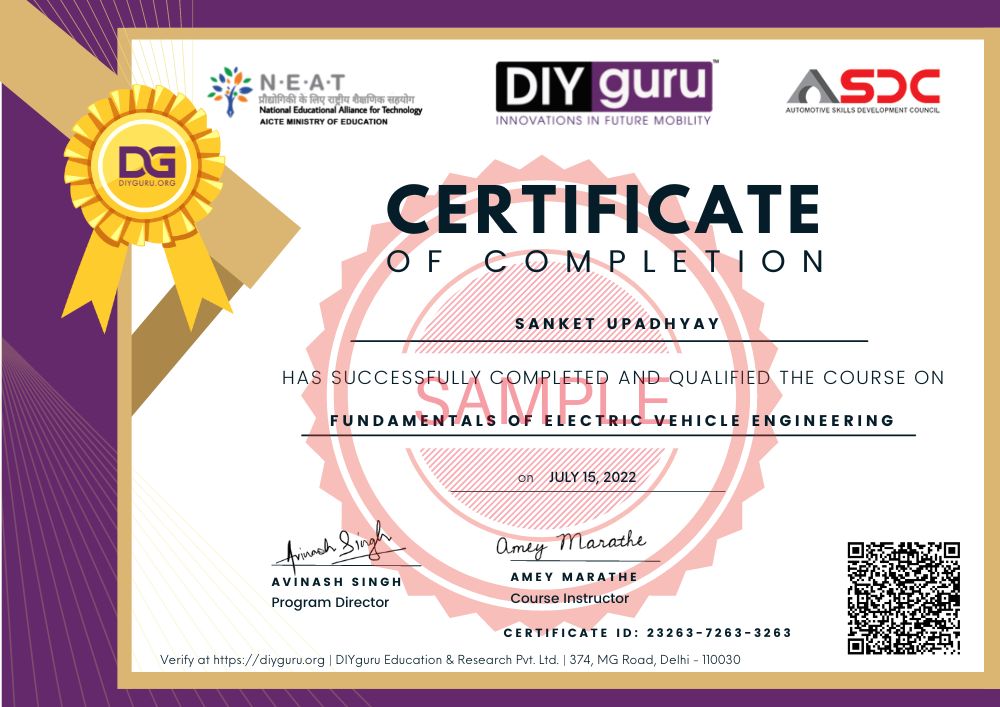
Sample certificate
Electric Vehicle Global Verified Certificate
Certified by ASDC, Automotive Skills Development Council & NEAT, AICTE, All India Council for Technical Education, Govt. of India
Learner Stories
Hear #PowerAhead stories of career growth from our learners
“DIYguru has helped us a lot in improvising the concepts of electric vehicle design & engineering for our experienced and fresh employees. The trainers are of high quality and knowledgeable in terms of delivering the contents and making things understandable. We look forward to having a continuous relationship.”
| R Shashi Kumar, Head HR – Robert Bosch Engineering
Learners love DIYguru
Here’s what some of our 40,000+ satisfied learners have to say about studying with DIYguru Team.

"Very informative course, high quality in terms of quizzes and assignments, liked the project at the end of the course. Oh, and great support. Can recommend this one to my friends and colleaugues. Being the very first player in EV industry, DIYguru has been crucial to the EV ecosystem development in india"
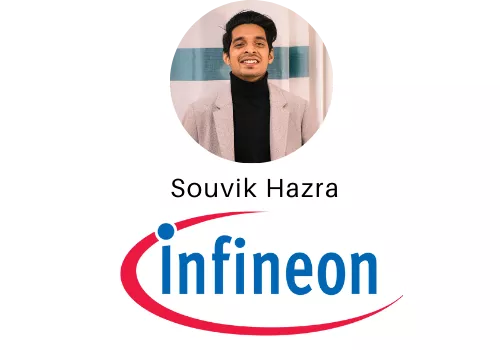
"I have known DIYguru since 2013 when the first version Autosports india was launched and in last 6-8 years the platform has emerged as the leading maker's learning platform in india. Form me the team behind DIYguru has been the best support all through the journey after Bachelors till my master's"
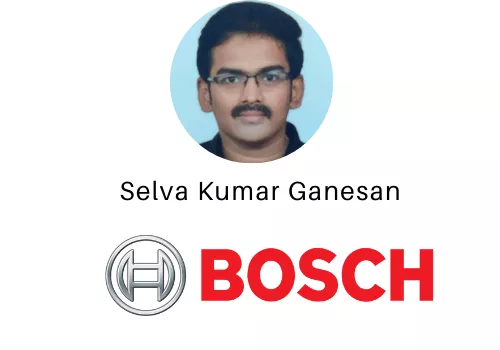
"Some of the best customer service I've ever seen. Great platform for mechanical and electrical engineers to learn EV!"

"This is truly a 5 star experience for youngsters in india! keen to learn about EV Technology"
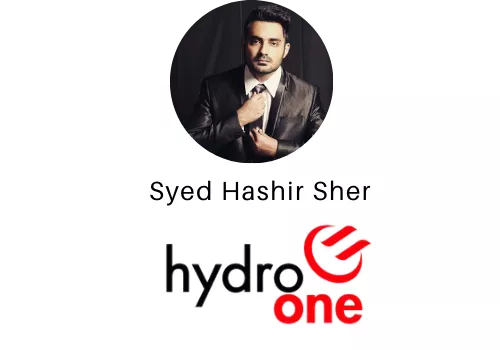
"The platform has helped me personally to build my career in renewable energy in Canada. Hope to see DIYguru in Canada soon. Five stars!"

"liked the course with wide range of calculations in EV, all tutors are very supportive."
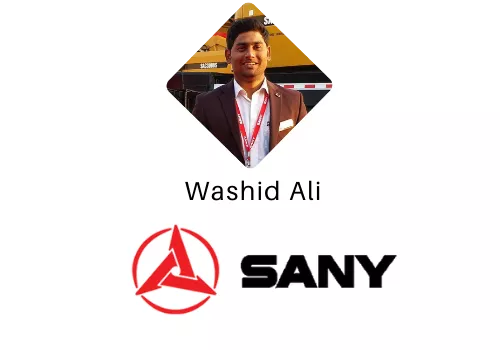
"Automotive design with incredible knowledgebase in terms of support from Baja Tutor community of DIYguru is wonderful experience. Documentation on the web is also good. "
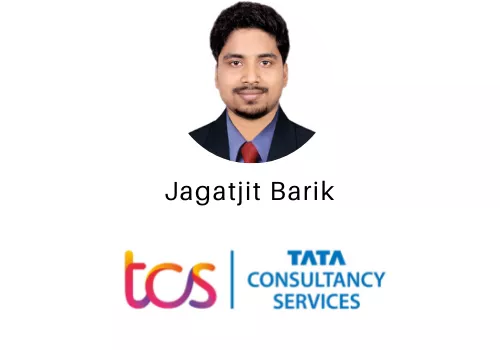
"Amazing content and great support from DIYguru community"
Recent Placements
Avg. Salary Package > 3.5L
66% Alumni Career Transitions
73+ Hiring Partners
50% Average Salary Hike



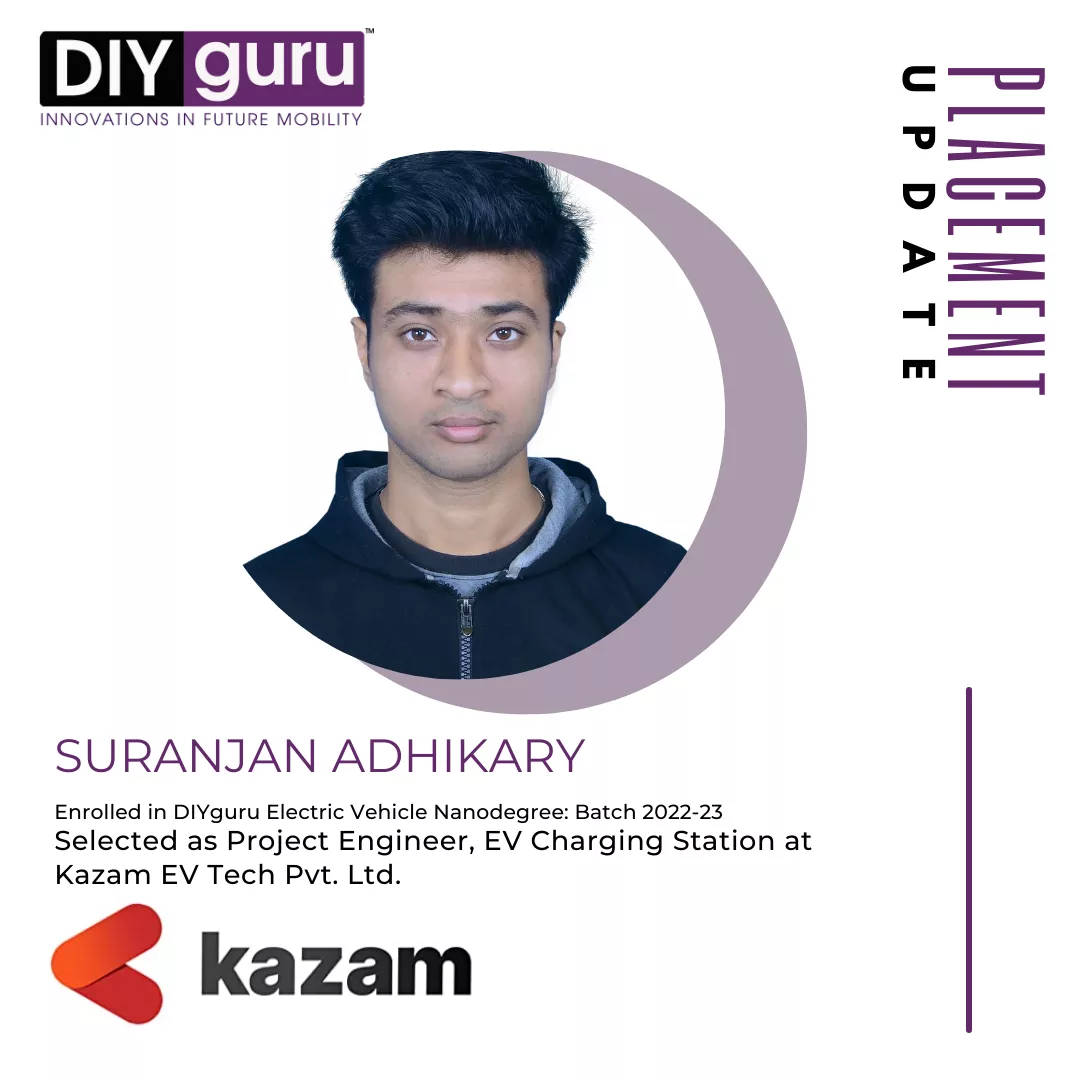
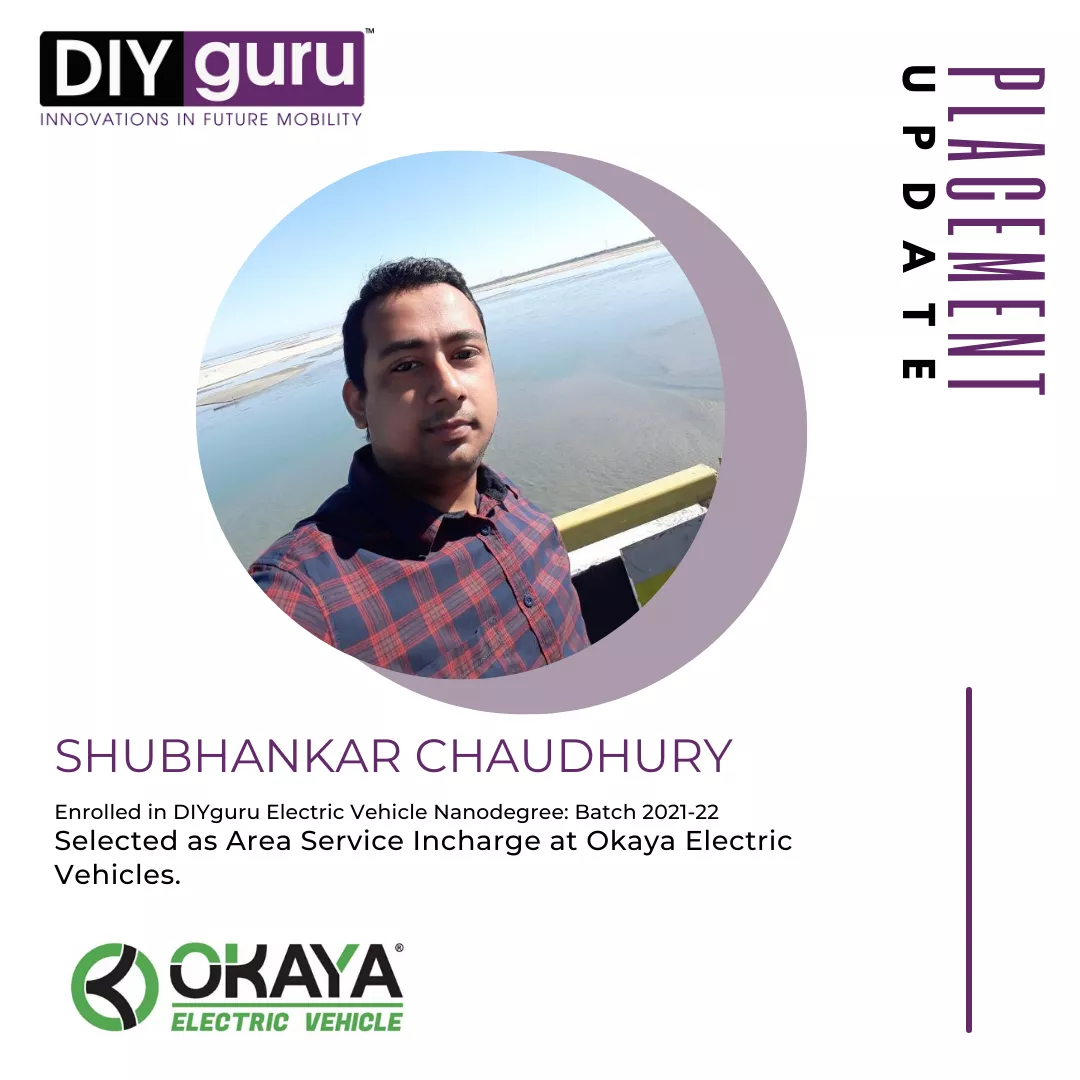
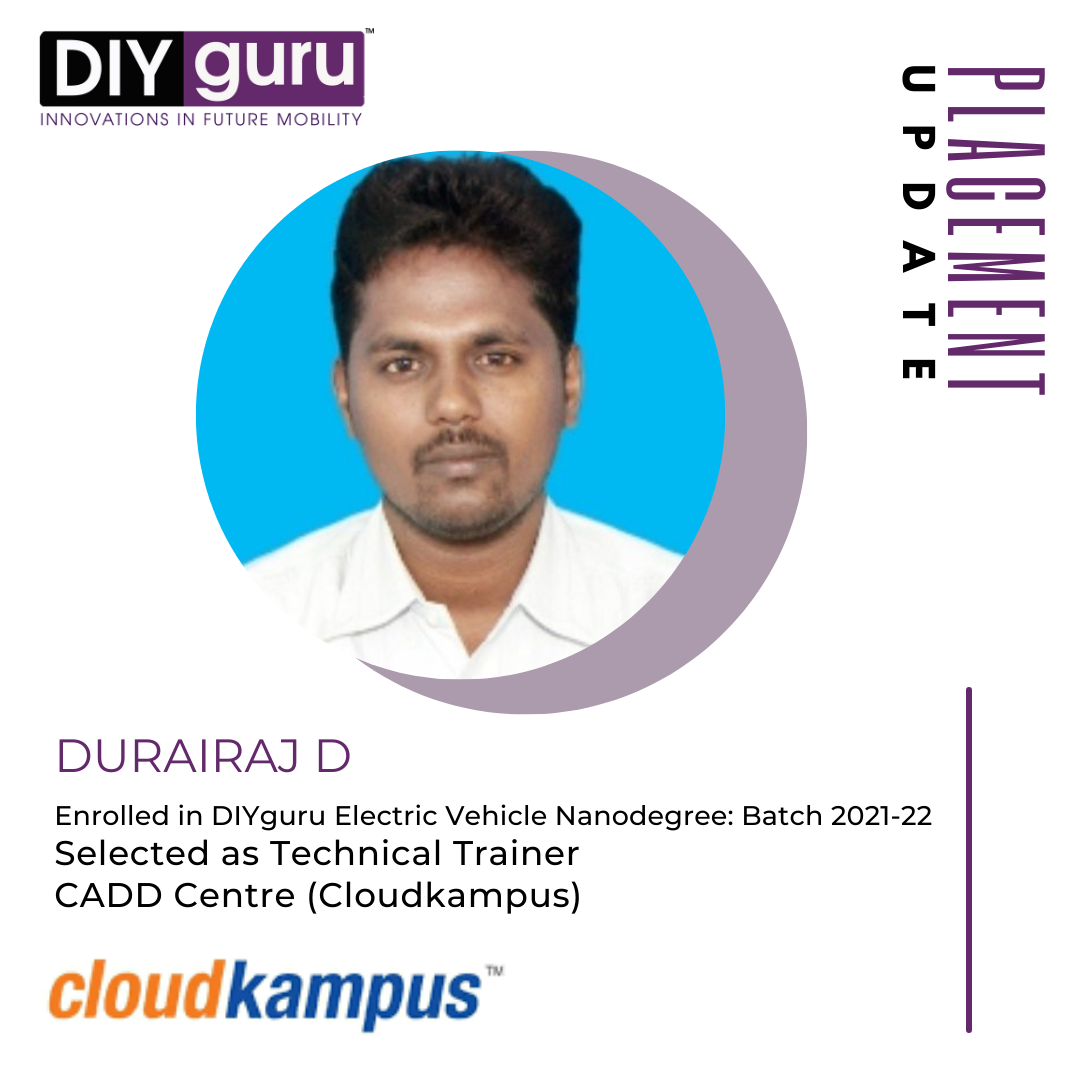
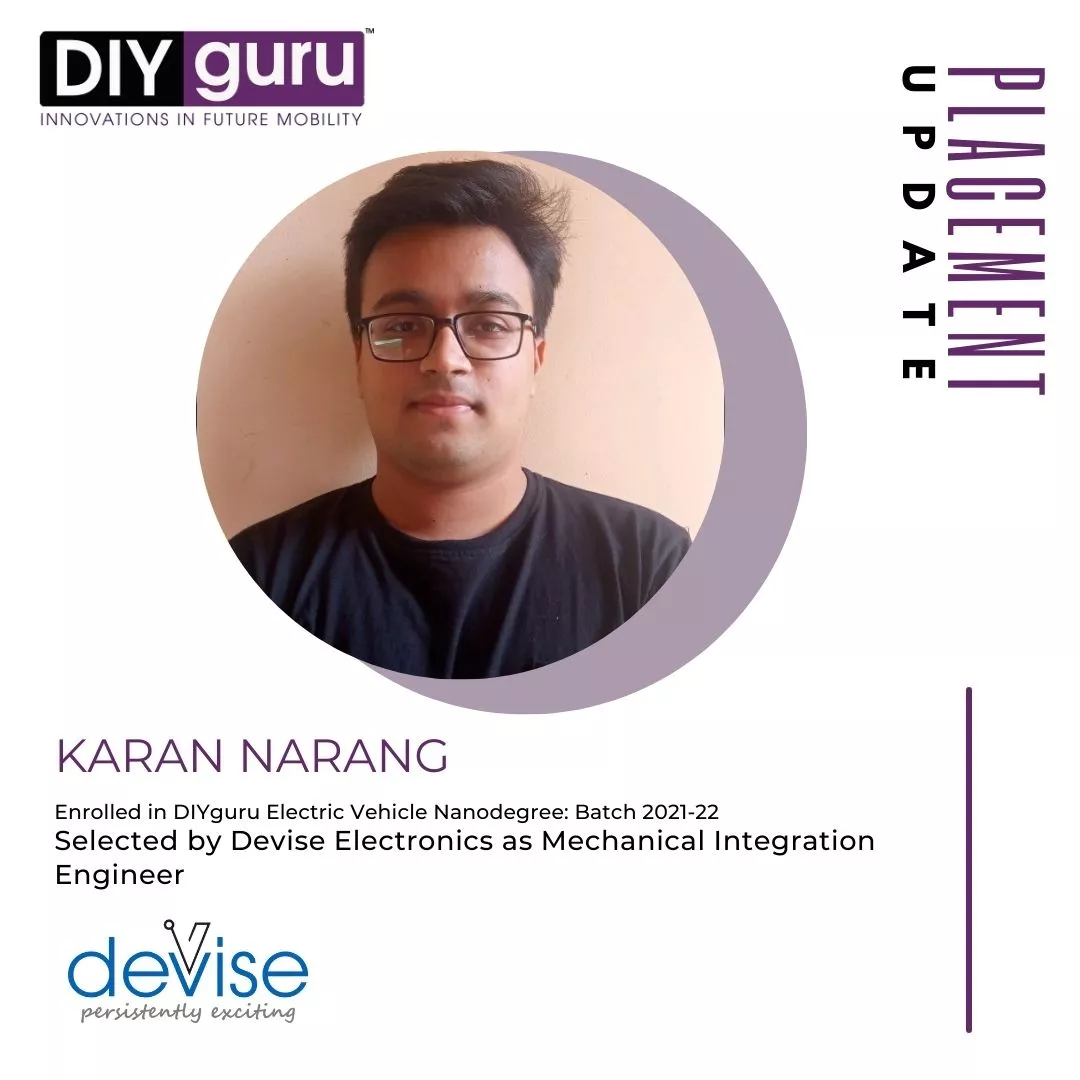

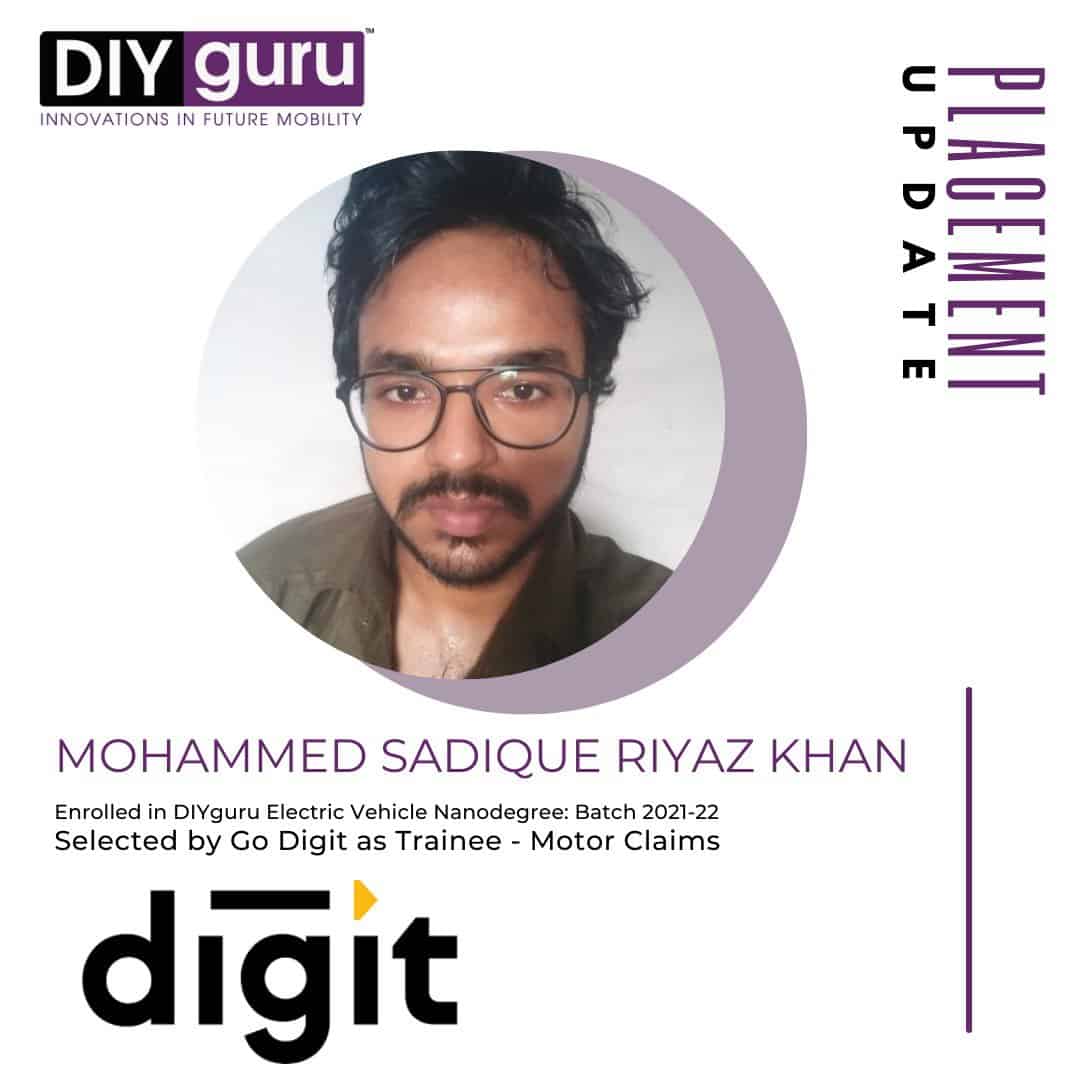

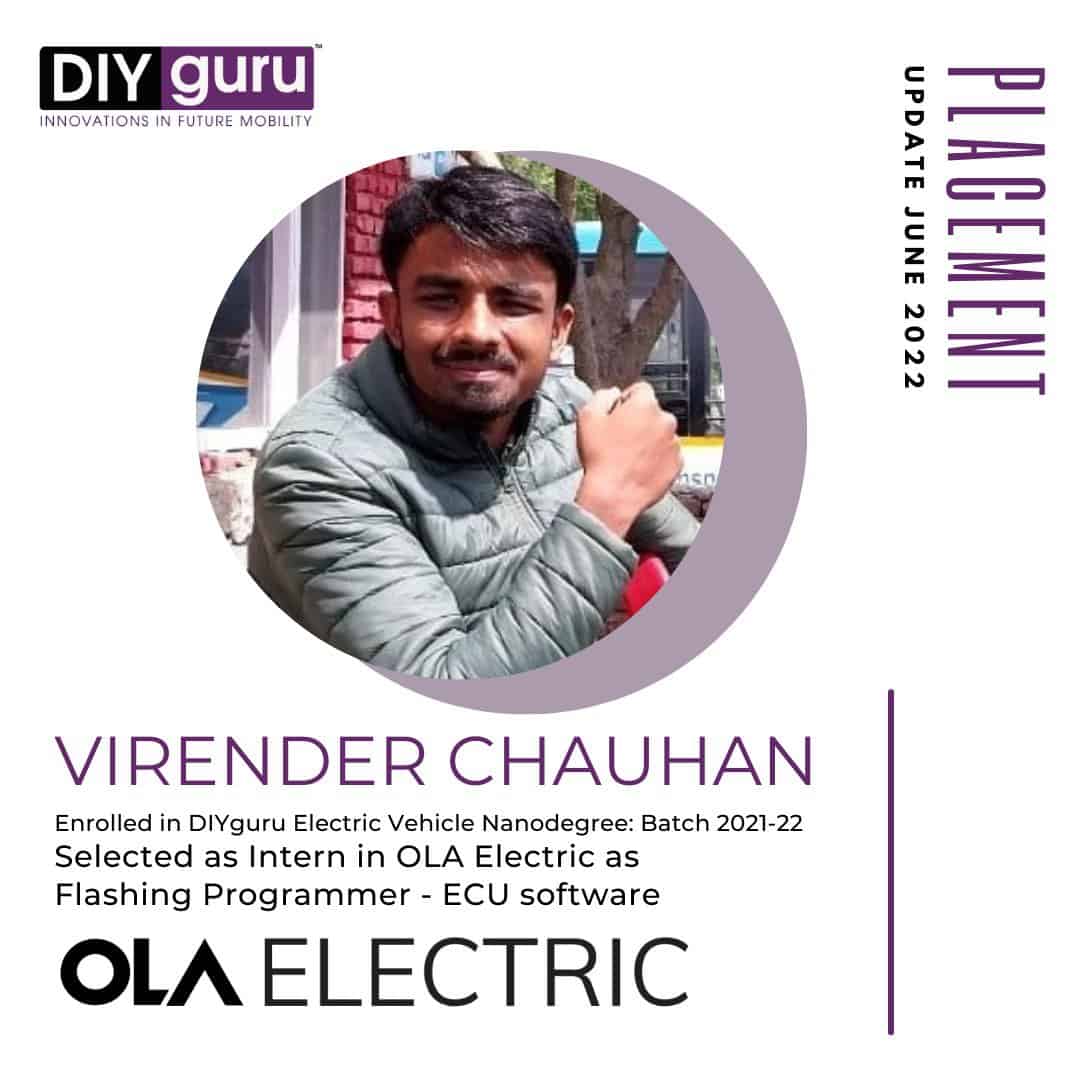
Featured In - Media Spotlight
Awards and Recognitions
Frequently Asked Questions
Specialization and Individual Courses can be done online mode only. To attend offline class you need to enroll for either Nanodegree or PG Diploma program.
DIYguru centers are located in Delhi, Pune, Bangalore, Nepal, Bangladesh, Malaysia and Germany. To see the address, check Contact section of website.
Yes, all the individual courses, Nanodegree Programs, Specialization Programs and PG Programs are govt. approved.
NEAT (National Education Alliance for Technology) - AICTE, Ministry of Education, Govt. of India & ASDC, Automotive Skills Development Council.
Min. 12th pass can undergo this course. Students and Working Professionals with ITI, Diploma, BE / B.Tech or equivalent in domains such as Automotive, Mechanical, Electrical, Electronics can pursue this course.
Three Month, however in case you are unable to finish the course in three month, you can request for an extension here - Contact.
Two minor Project + One Major Project (Mandatory)
No. For Practical Hands on Training, you need to enroll for either Nanodegree or PG Diploma Program.
Yes, DIY KITs are available for this course, To avail it simply click on enroll button and it will shop you the option of purchasing course specific DIY KIT.
Admission fee for this course is 20000 INR / 250 USD
During checkout, you will get the option of paying in EMI
You will be given 6 month access to this course, to get lifetime access, you need to pay 10,000 INR / 120 USD.
Admission process for individual courses is direct online, there is no requirement of any screening test. However for Nanodegree and PG programs, you need to appear for test before taking admission.
You can avail project based internship for this course upon successfull completion.
Stepwise procedure for the course enrollment with a 4-week internship project
- Step 1: Apply for the internship-based learning-based course and fill the application form.
- Step 2: Pay the necessary fee to enroll in the program.
- Step 3: The technical team of DIYuru will check your entered data, and will share the confirmation of acceptance as you will be shortlisted in the next 24 hours.
- Step 4: Once you are enrolled in the course, start working on the course videos, and given assignments, and complete the course at your own learning pace! With this, you shall receive the ‘course completion’ certificate.
Project-based Internship process
- Step 5: If you have applied for the ‘internship-based learning’, then the team DIYguru Support shall connect with you to share the date of the ‘live course certification examination!’. This examination will enable you to understand your current expertise and will allow us to define the best possible project for you! Students will get a minimum of 4 weeks for the examination preparation.
- Step 6: Once you clear the examination, the DIYguru technical mentors will contact you to enroll you in the ‘live project’. Since students will work on a live project, students will get enough time to prepare themselves before the internship project begins.
- Step 7:
Since it is an ‘internship’ based project, the students will be encouraged to work through the assigned project in teams and will be allowed to achieve the results on their own, with mentorship support from DIYguru! Allowing you to gain the actual skills as an ‘intern’! Enrolled students will get a minimum of 4-6 weeks to work and submit their project reports.
- DIYguru shall also allow you to work in groups or as an individual. However, at the end of the internship, each student shall submit a project report with all the results achieved, for evaluation by the DIYguru technical team.
- Every candidate after successful completion of the internship project shall also submit a pitch presentation video, explaining his/her project-oriented achievements and results, so that the participants can work on their communication and presentational skills simultaneously. With this, you shall receive the ‘Project-based internship’ certificate (along with evaluation score), and an ‘achievement badge’ to validate that you have successfully cleared the ‘certification examination’ (shareable on LinkedIn and other platforms).
The internship after the completion of course is unpaid.
Placement assistance in terms of access to the Job portal will be provided, and you will be added to the weekly job update newsletter section to receive opportunities available in our partner companies.
Still have questions? Get in touch
Related Blogs

DIYguru Enhances EV Education with Upgraded PG Certification Programme
DIYguru announces the upgrade of its EV Nanodegree to a Post Graduate Certification Programme, offering existing Nanodegree students an enhanced curriculum and Post Graduate certification at no extra cost. Enrollment is open now.

Top 10 Beautiful Electric Vehicle Scooters for Girls in India 2024
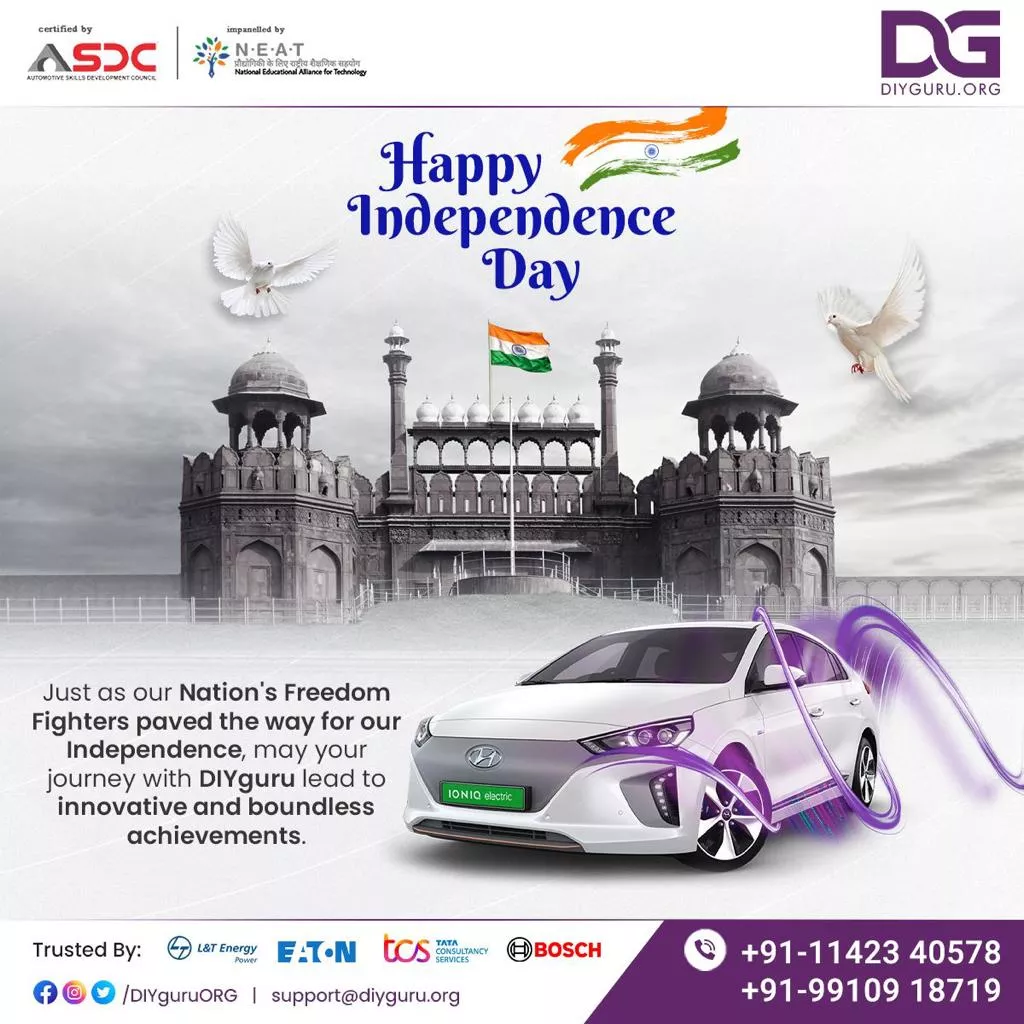
Revolutionizing Sustainable Future: DIYguru’s Visionary 77th Independence Day Speech on E-Mobility
Get in touch to learn more about how you can make the best of your talent
Spend less time worrying about job availability, and more time growing your knowledge. Join DIYguru Program today.
If you’re a current student, please get in touch through the DIYguru dashboard to ask about more details of this Program.
Please note, eligibility for this course is reserved to students who have done related projects and have relevant profiles matching with the pre-requisite of this course.
The DIYguru team hold the right to cancel your admisssion into the program without any explanation via email if found unsuitable and unfit.
Our 7-day money-back guarantee starts from the moment of signup and runs through the free week. Cancellations between days 7 and 30 will get a prorated refund.
Fees for the program is charged only when the admission is approved.





